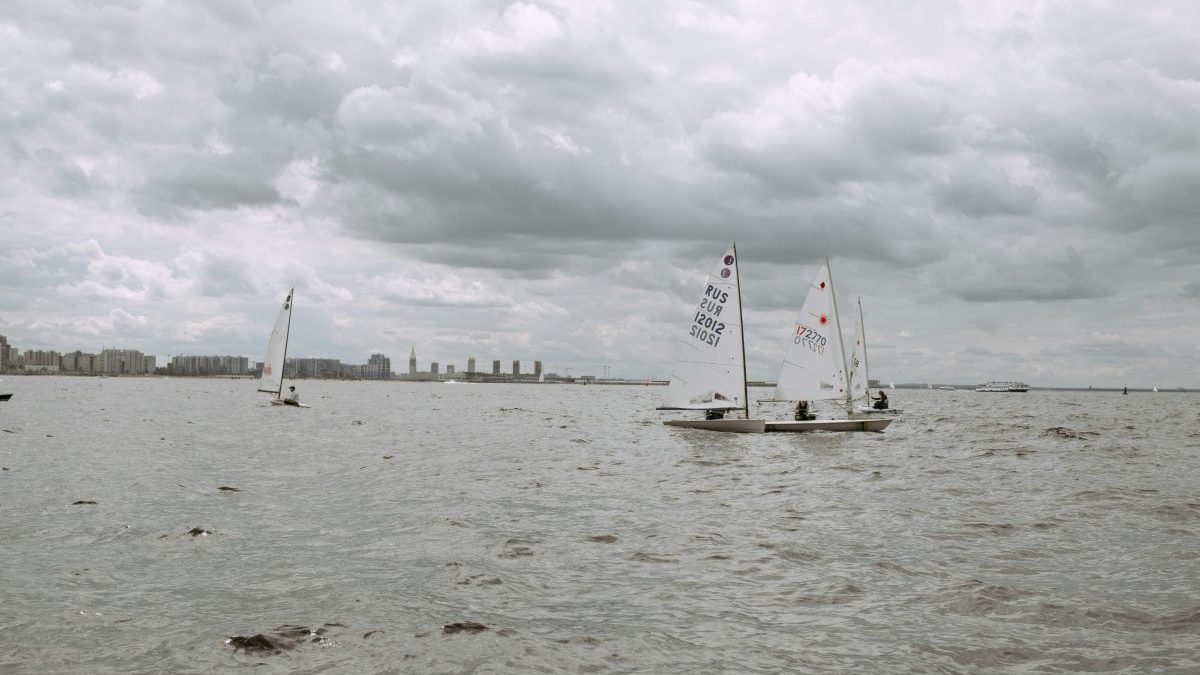Last Updated on: 14th July 2024, 10:55 am
Understanding Adventure Races
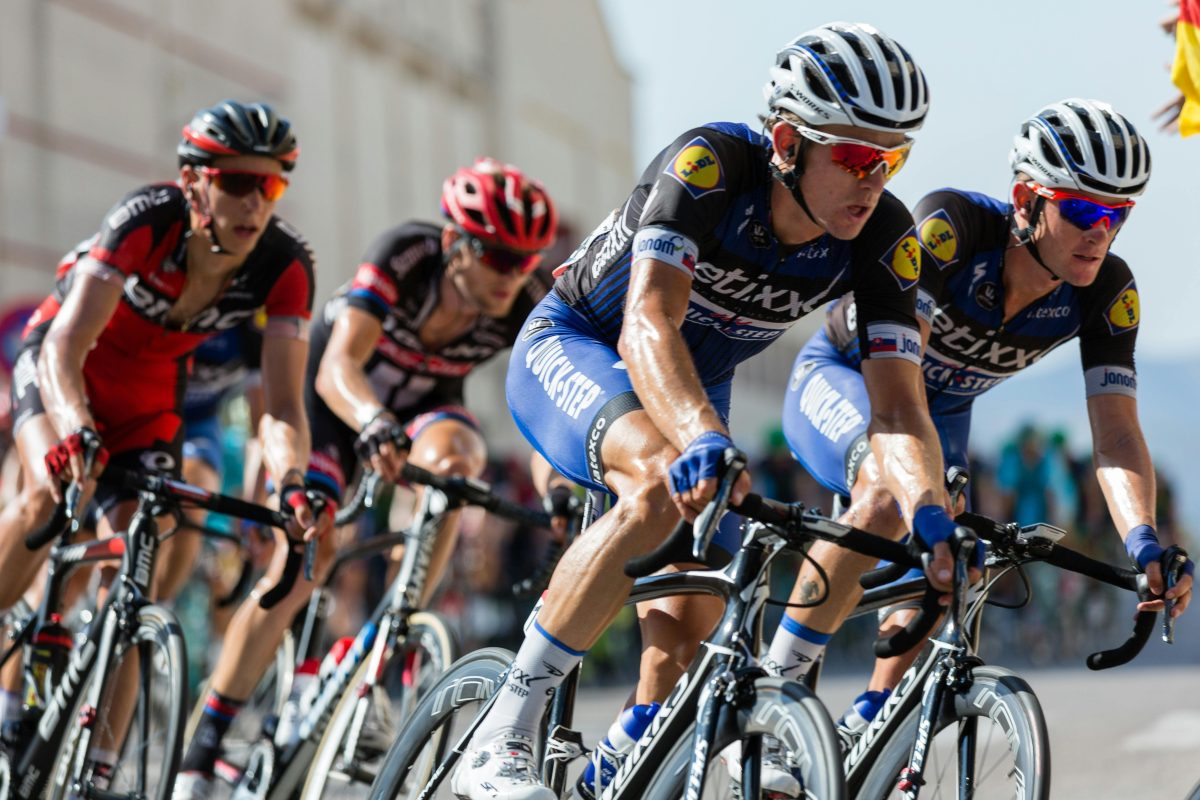
Adventure races are the epitome of endurance and strategy, blending various disciplines such as trekking, kayaking, and mountain biking into one exhilarating event. These races range from a few hours to several days, catering to both novices and seasoned athletes. Each type, be it a sprint adventure race or an expedition-length challenge, offers a unique set of obstacles, from navigating unmarked wilderness to enduring harsh weather conditions.
The allure of adventure racing lies in its unpredictability and the sheer breadth of skills required. Participants must not only be physically fit but also possess sharp navigation skills and the ability to work effectively as a team. The challenges are as diverse as the landscapes they traverse, pushing racers to their limits while offering the thrill of the unknown.
For many, the appeal of adventure racing is the opportunity to test one’s mettle against nature’s grandeur. It’s a call to the wild that few can resist, offering a blend of adventure, competition, and camaraderie that is unmatched in the world of sports. As racers cross the finish line, they carry not just the satisfaction of completion but stories of epic challenges overcome and landscapes conquered.
Setting Your Adventure Racing Goals

Embarking on an adventure race is not just about physical endurance; it’s a journey that begins with understanding your inner drive. Identifying personal motivations is the cornerstone of this quest. Whether it’s the thrill of exploration, the satisfaction of pushing your limits, or the joy of connecting with like-minded adventurers, knowing what fuels your fire is crucial. This self-awareness sets the stage for every milestone you aim to achieve.
- Realistic and Challenging Goals: Goals should stretch your capabilities without being so lofty they become discouraging. This is where the magic happens. Setting your sights on achievable, yet ambitious objectives transforms the daunting into the doable, turning each race into a series of conquerable challenges.
- Mental Preparation: Adventure racing is as much a mental game as it is physical. Visualizing success, practicing resilience in the face of adversity, and cultivating a positive mindset are all part of the mental toolkit needed for these races. This mental fortitude prepares you to tackle unexpected obstacles, endure the physical demands, and, most importantly, enjoy the journey. Remember, the strongest muscle in any adventure race is the mind.
Together, these elements form the foundation of a successful adventure racing experience. By identifying your motivations, setting realistic yet challenging goals, and preparing mentally, you’re not just preparing for a race; you’re setting the stage for personal growth and unforgettable adventures.
Essential Gear and Equipment

Adventure racing demands not just physical and mental preparation but also the right gear. A basic gear list includes:
- Reliable backpack
- Hydration system
- Nutrition
- Navigation tools (compass and maps)
- Appropriate clothing
- First aid kit
Specialty items vary with the race type. For instance, mountain biking segments require a helmet, gloves, and repair kit, while water-based sections might necessitate a life jacket, kayak, and paddle. Tailoring your gear to the specific challenges of the race enhances both performance and safety.
Selecting high-quality, durable equipment is crucial. Look for gear that balances lightweight design with robust construction. Brands with a proven track record in outdoor and adventure sports are often a reliable choice. Remember, investing in top-notch gear is investing in your safety, comfort, and chances of success. It’s not just about having the right tools; it’s about ensuring they won’t let you down when you need them most.
Physical Preparation for Adventure Racing
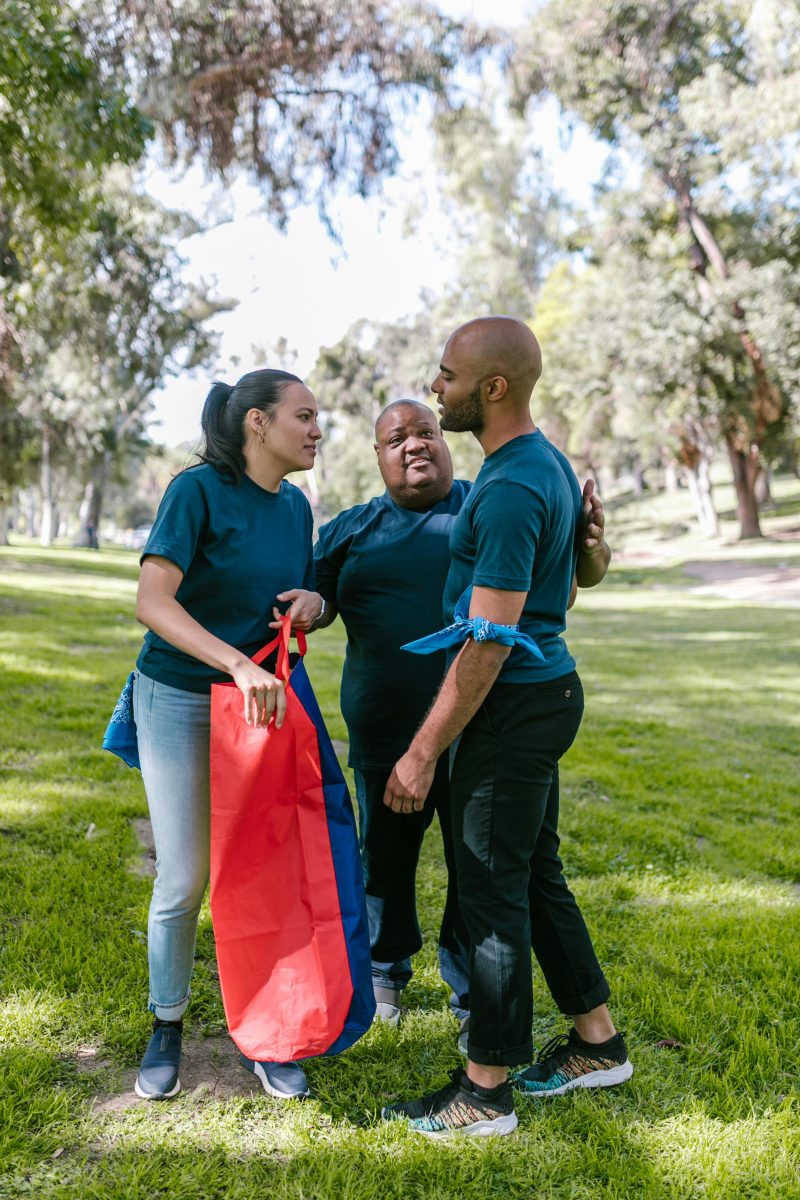
Developing a Tailored Training Plan
Success in adventure racing hinges on a well-crafted training plan, one that’s as diverse as the race itself. Start by assessing your current fitness level and the demands of your chosen race. This assessment forms the blueprint for a training regimen that enhances your strengths and addresses your weaknesses. Incorporate endurance training, strength workouts, and technical skills practice. Remember, consistency is key. A gradual increase in intensity and volume ensures steady progress without the risk of injury.
Cross-Training: The Multidisciplinary Approach
Cross-training is not just beneficial; it’s essential. By engaging in a variety of physical activities, you prepare your body for the unpredictable nature of adventure racing. Alternate between running, cycling, swimming, and strength training. This not only improves overall fitness but also reduces the risk of overuse injuries. Each discipline contributes to a well-rounded athlete, ready to tackle any challenge.
Nutrition and Hydration Strategies
Endurance events demand a strategic approach to nutrition and hydration. Begin by understanding your body’s needs during extended periods of exertion. A balanced diet rich in carbohydrates, proteins, and healthy fats fuels your training and recovery. Hydration, too, is crucial. Learn to recognize your body’s cues for water and electrolyte replenishment. During the race, carry easily digestible snacks and fluids, and practice your nutrition strategy in training to avoid any race-day surprises.
Together, a tailored training plan, a commitment to cross-training, and a smart approach to nutrition and hydration lay the foundation for adventure racing success. With dedication and the right preparation, you’ll not only reach the starting line ready but also enjoy the journey to the finish.
Navigational Skills and Techniques for Adventure Racing
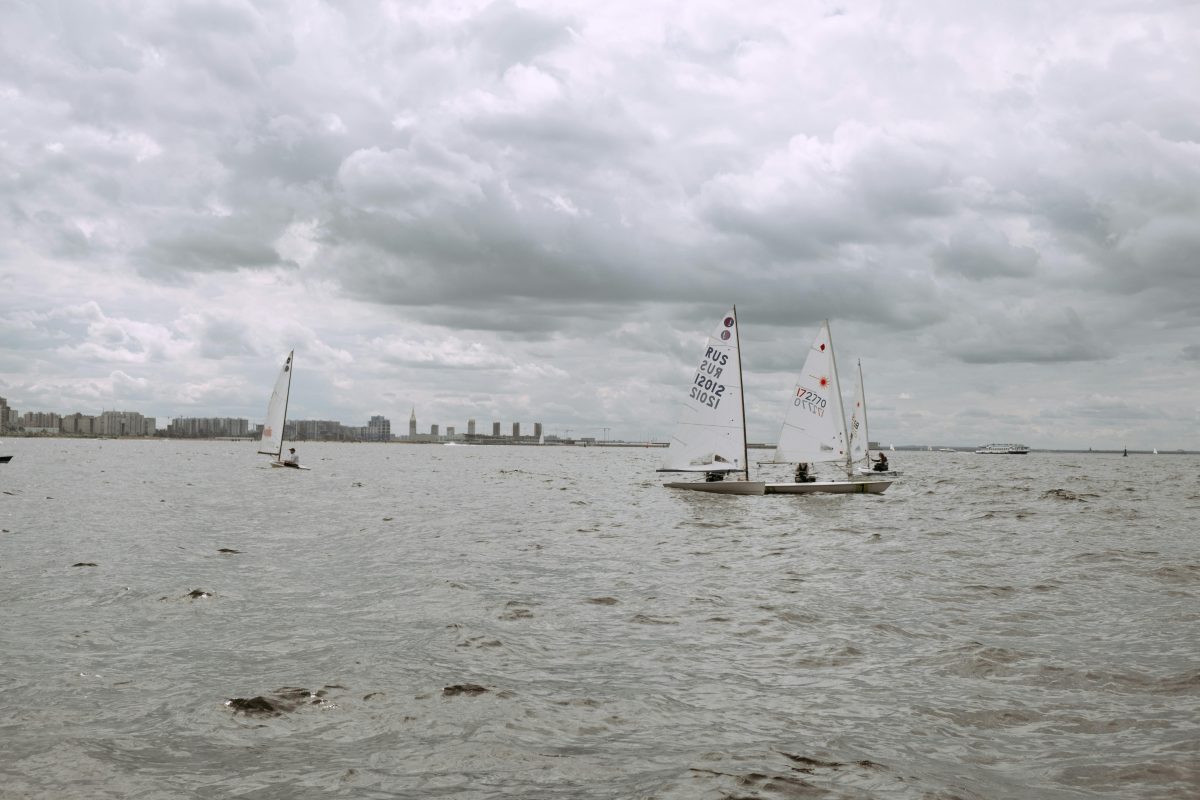
Mastering navigation is a cornerstone of adventure racing success. It’s not just about knowing where you are but also understanding the best route to where you need to be. Basic orienteering skills form the foundation, teaching racers to read maps accurately and use a compass effectively. These skills are vital, as they can mean the difference between a straightforward path and unnecessary detours.
As racers progress, advanced navigation strategies become crucial, especially in varied terrains. Whether it’s dense forests, rugged mountains, or winding rivers, each environment presents unique challenges. Learning to interpret contour lines for elevation changes, recognizing natural landmarks, and estimating distances are skills that turn good racers into great ones. These techniques not only save time but also conserve energy, a precious commodity in endurance races.
Technology offers a powerful tool in navigation. GPS devices and mapping software provide real-time location data, making it easier to adjust routes on the fly. However, relying solely on technology is a mistake. Batteries can fail, and devices can malfunction. The most successful racers blend traditional orienteering skills with modern technology, ensuring they’re prepared for any scenario.
Ultimately, navigation in adventure racing is about efficiency and adaptability. It’s a dynamic skill set that evolves with experience and practice. By honing these skills, racers not only improve their performance but also enhance their enjoyment of the sport. After all, there’s a unique satisfaction in seamlessly navigating through challenging landscapes, a testament to the skill, preparation, and resilience of the adventure racer.
Team Dynamics and Solo Strategies

Adventure racing is a symphony of individual prowess and team synergy. Building and preparing as a team is the bedrock of success. Cohesion is fostered through shared training sessions, where teammates synchronize their strengths and strategize for the collective goal. It’s a dance of give-and-take, where each member learns the rhythms of the others, ensuring a seamless performance when it counts.
- Communication: Under the pressure of competition, communication becomes your lifeline. Clear, concise exchanges can mean the difference between triumph and setback.
- Problem-solving: A skill honed through practice, must be swift and effective. Teams that communicate well can navigate the unexpected with a calm, collected demeanor, turning potential chaos into a well-orchestrated plan of action.
For solo racers, the melody changes. Self-reliance is the theme, with safety playing a continuous refrain. Strategies revolve around personal accountability and meticulous preparation. The soloist must be a jack-of-all-trades, ready to tackle each challenge independently while maintaining an unwavering focus on safety. It’s a balancing act of pushing limits and knowing when to pull back, ensuring that the race is both a personal victory and a safe return to the starting point.
Whether part of an ensemble or a solo act, the key to adventure racing is a blend of preparation, adaptability, and unwavering determination. Teams become more than the sum of their parts, and individuals discover the depths of their own resilience. In the end, each racer, each team, composes their own unique story of adventure, set to the rhythm of the wild.
Pre-Race Planning and Logistics
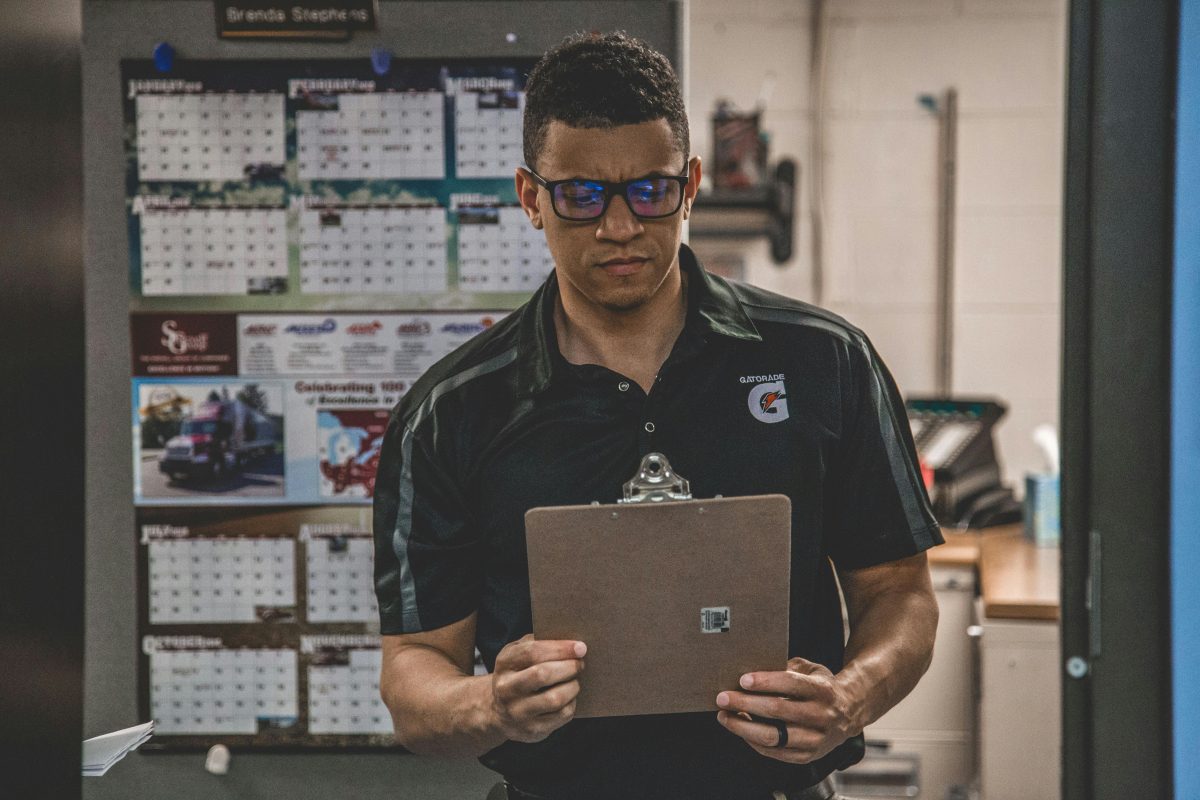
Embarking on an adventure race requires meticulous pre-race planning and logistics. The foundation of a successful race day lies in understanding the course and its rules. Familiarize yourself with the terrain, potential weather conditions, and specific challenges you might face. This knowledge not only aids in strategic planning but also ensures compliance with race regulations, preventing any unforeseen disqualifications.
- Packing: An art form in itself. A comprehensive checklist is your best ally, encompassing everything from essential gear and nutrition to personal items and emergency supplies.
- Race Day Strategies: The crescendo of your preparation. Pacing is paramount; start conservatively to conserve energy for the latter stages. Familiarize yourself with checkpoints and their locations, planning your rest and nutrition intake around these milestones.
- Rest: Though often overlooked, is crucial. Short, strategic breaks can rejuvenate the body and mind, providing the boost needed to cross the finish line.
Together, these elements of pre-race planning and logistics set the stage for a successful adventure race. By dedicating time and thought to each, you position yourself not just to compete, but to excel.
In Closing
Adventure racing is a journey of resilience and discovery. It challenges the body and spirit, offering unparalleled rewards. Through meticulous preparation, strategic planning, and the embrace of the unpredictable, racers unlock their true potential. This blend of physical endurance, mental fortitude, and teamwork transforms daunting challenges into triumphs. Embrace the adventure, for it is in the wild that we find our strongest selves.
Preparing for Adventure Races FAQs
Choosing a team for an adventure race involves finding individuals with complementary skills, similar fitness levels, and a shared commitment to training and race goals. It’s important to have a mix of strengths across the various disciplines the race may include, such as navigation, endurance, and technical skills. Team dynamics and the ability to work well under pressure are also critical factors for success.
Dealing with sleep deprivation in multi-day adventure races involves strategic rest periods and maintaining mental resilience. Planning short, efficient sleep breaks can help preserve energy and cognitive function, while mental training techniques can improve your ability to cope with fatigue. Balancing the need for rest with the demands of the race is crucial for maintaining performance over several days.
Navigation during an adventure race typically involves using a map and compass to find checkpoints in varied terrain. It requires the ability to read topographical maps, understand symbols, and relate the map to the physical environment. Practicing navigation skills in different settings and conditions can greatly improve your efficiency and speed during the race.
Staying motivated during an adventure race involves setting small, achievable goals, staying positive, and working closely with your team. Breaking the race down into manageable segments can help maintain focus and provide a sense of progress. Team support and camaraderie are also vital, as they can boost morale and provide encouragement through challenging sections of the race.
Training for an adventure race involves a mix of endurance training, strength conditioning, and skill development in activities such as kayaking, mountain biking, and orienteering. Endurance training improves your ability to sustain physical activity over long periods, while strength conditioning helps prevent injuries. Skill development in specific race activities ensures you are well-prepared and can efficiently navigate the challenges of the race.
Adventure races can vary widely in distance and duration, ranging from short, few-hour sprints to multi-day expeditions covering hundreds of kilometers. Shorter races are accessible to beginners and focus on speed and teamwork, while longer events test endurance, navigation skills, and strategic planning. Understanding the demands of different race formats can help you choose an event that matches your experience and fitness level.
Essential equipment for an adventure race includes a reliable backpack, hydration system, and navigation tools such as a compass and maps. The backpack should be lightweight yet capable of carrying all necessary gear, while the hydration system ensures you stay adequately hydrated throughout the race. Navigation tools are crucial for orienteering segments and maintaining your course during the event.
The best footwear for an adventure race is a durable, comfortable pair of shoes designed for trail running or hiking, depending on the terrain. Shoes should provide good traction, support, and protection against the elements and rough terrain encountered during the race. Considering the variety of activities and conditions in an adventure race, some participants may opt for shoes with specific features, such as water drainage or reinforced toe caps.
Safety precautions for an adventure race include carrying a first aid kit, knowing the symptoms of dehydration and hypothermia, and having a plan for emergency situations. It’s important to be prepared for common injuries and illnesses that can occur in outdoor settings. Additionally, staying informed about the weather and terrain specific to the race location can help mitigate risks.
During an adventure race, it’s important to consume easily digestible, high-energy foods and maintain hydration. Foods like energy bars, gels, and fruits provide quick energy and are easy to carry, while electrolyte solutions can help replenish salts lost through sweat. Proper nutrition and hydration strategies are key to maintaining energy levels and performance throughout the race.
Orlando is a all round athlete from Australia, now resident in Germany. His sports of passion of American Football(Offensive line), weight training and indoor rock climbing where he uses his 195cm wing span to his advantage.

